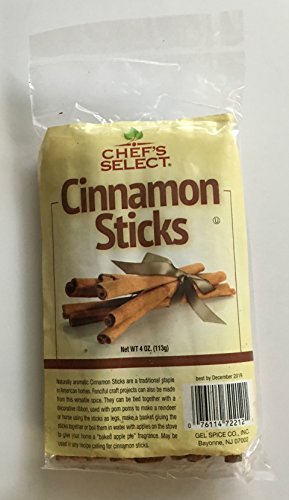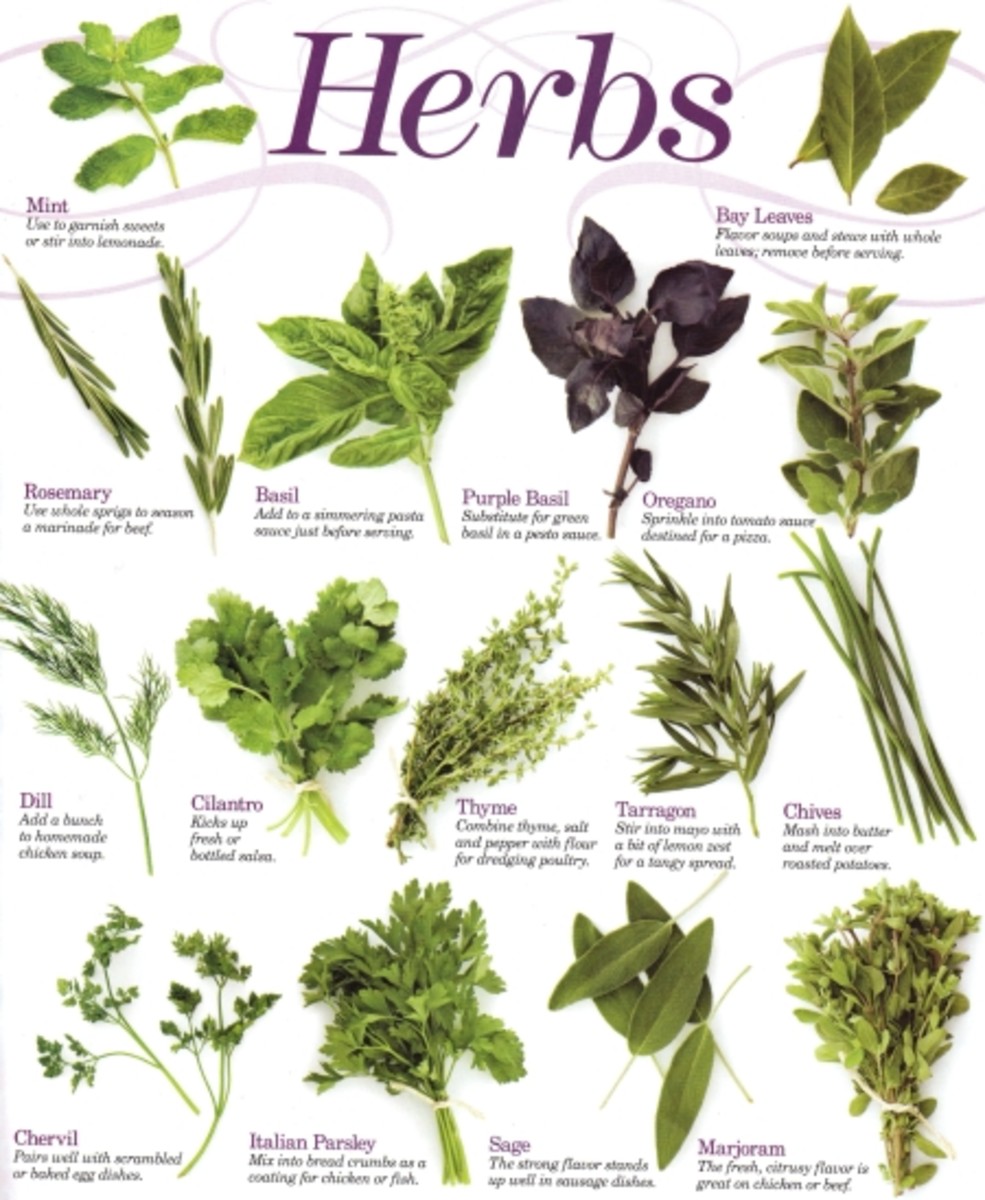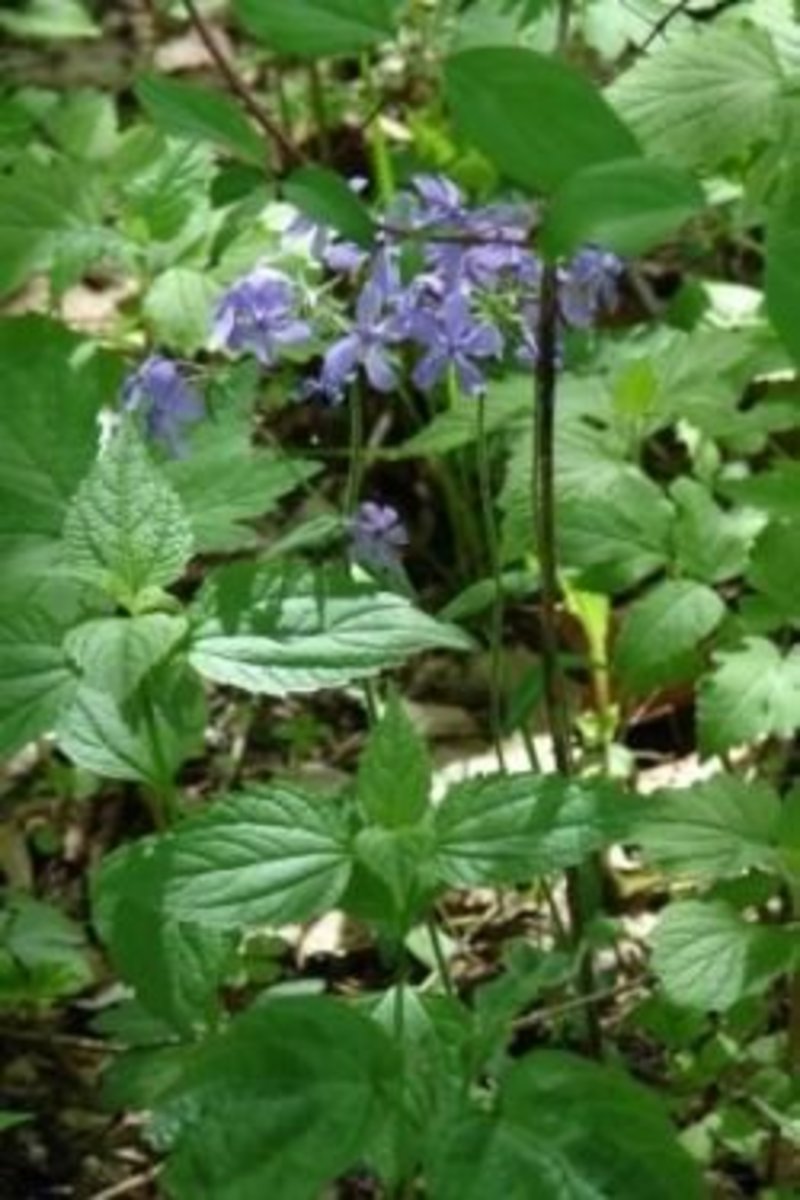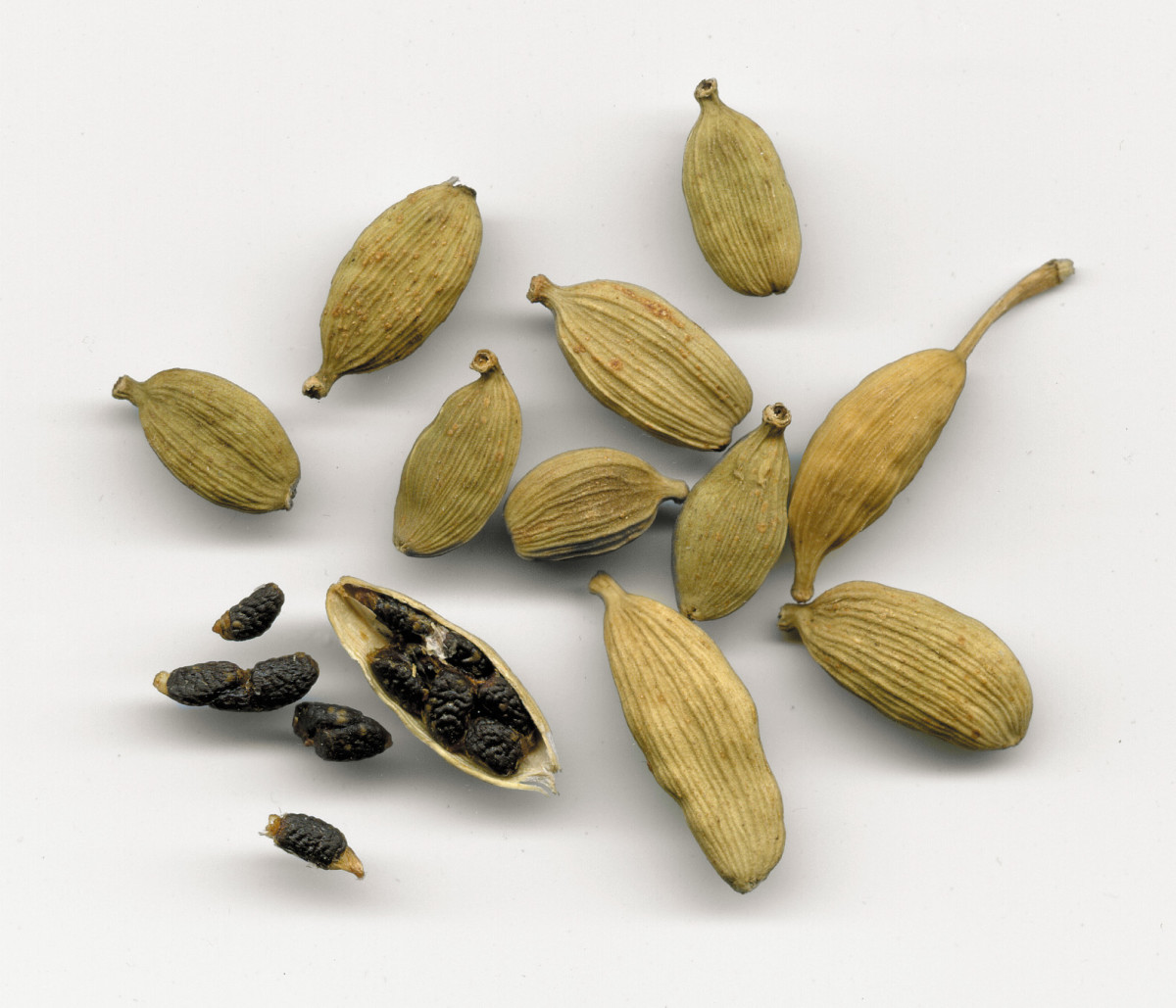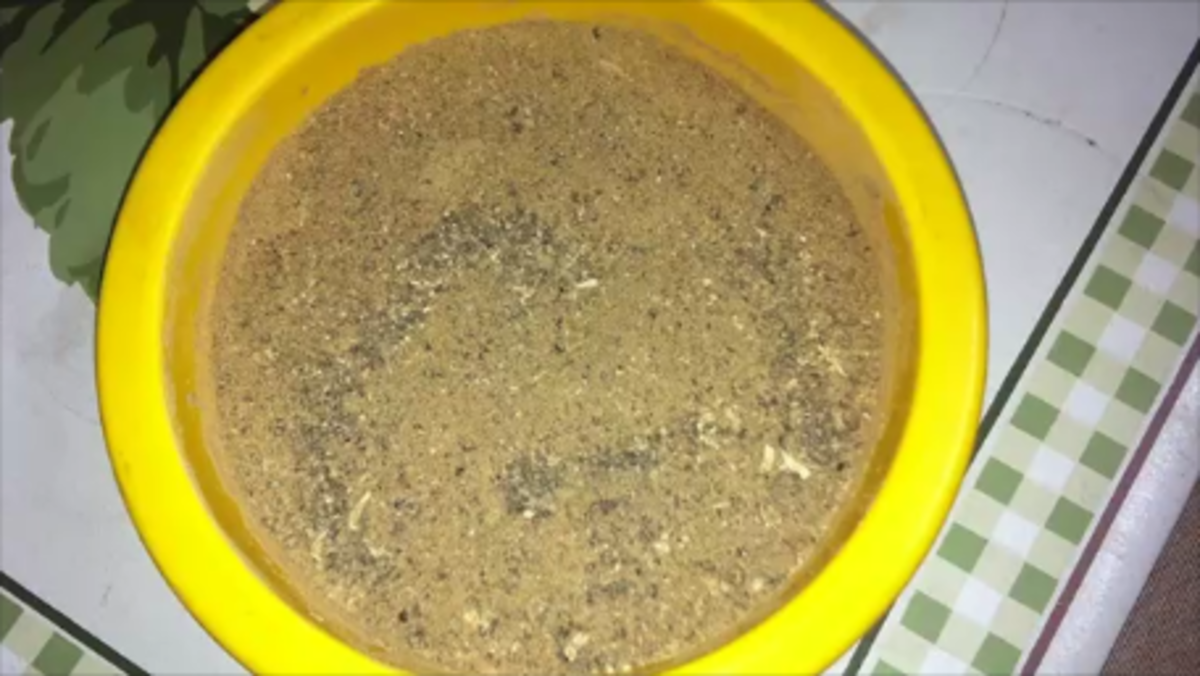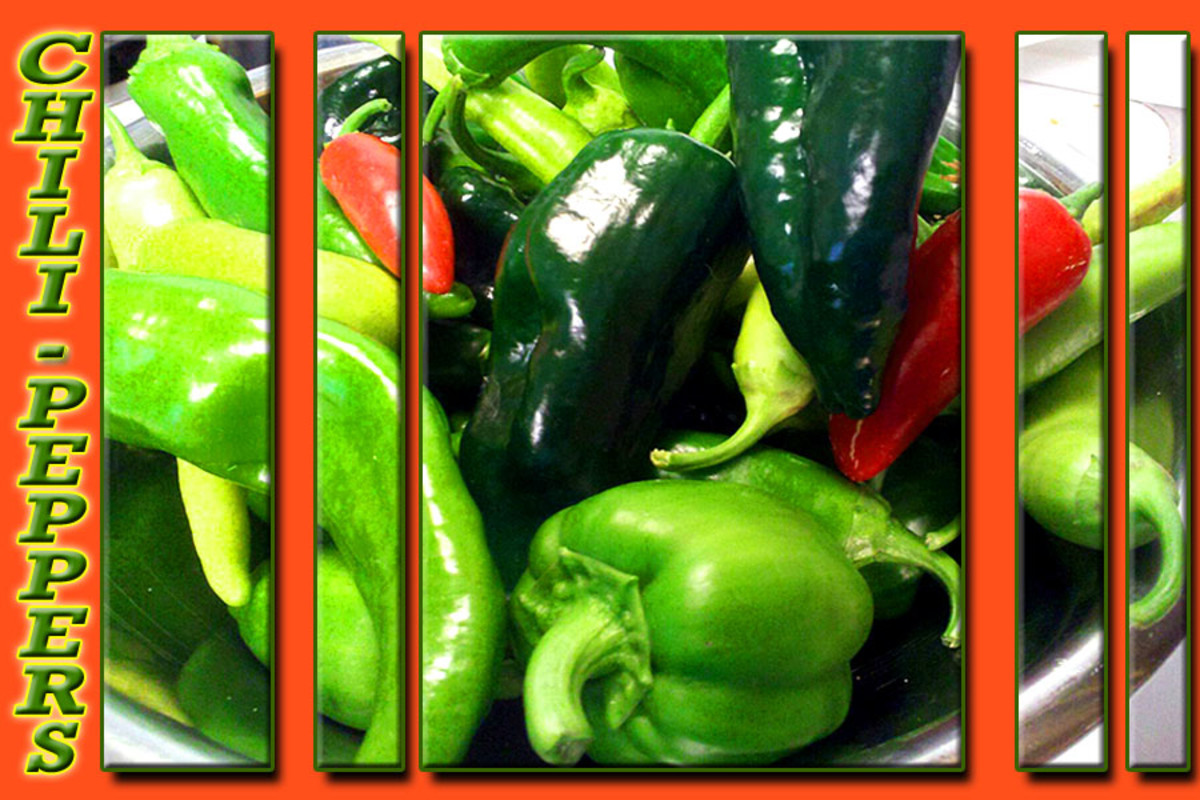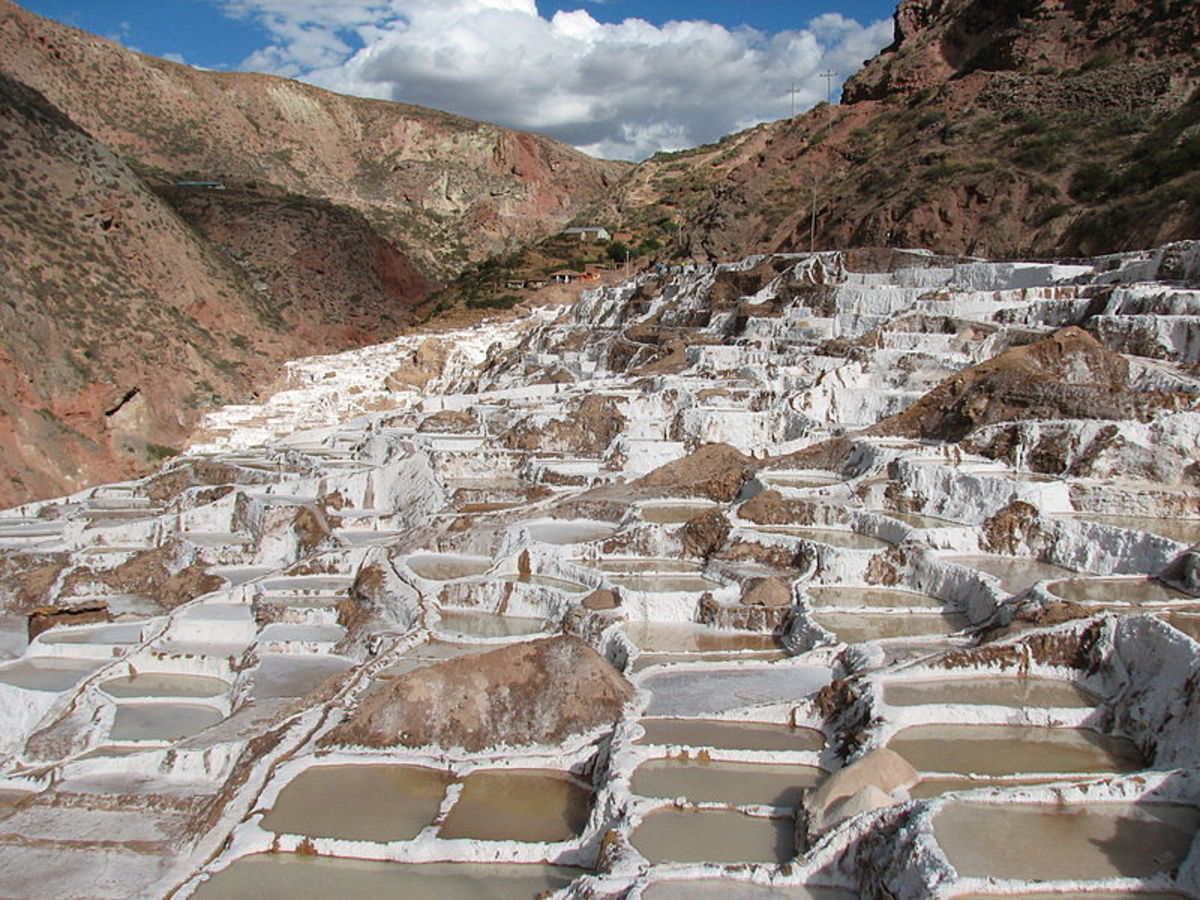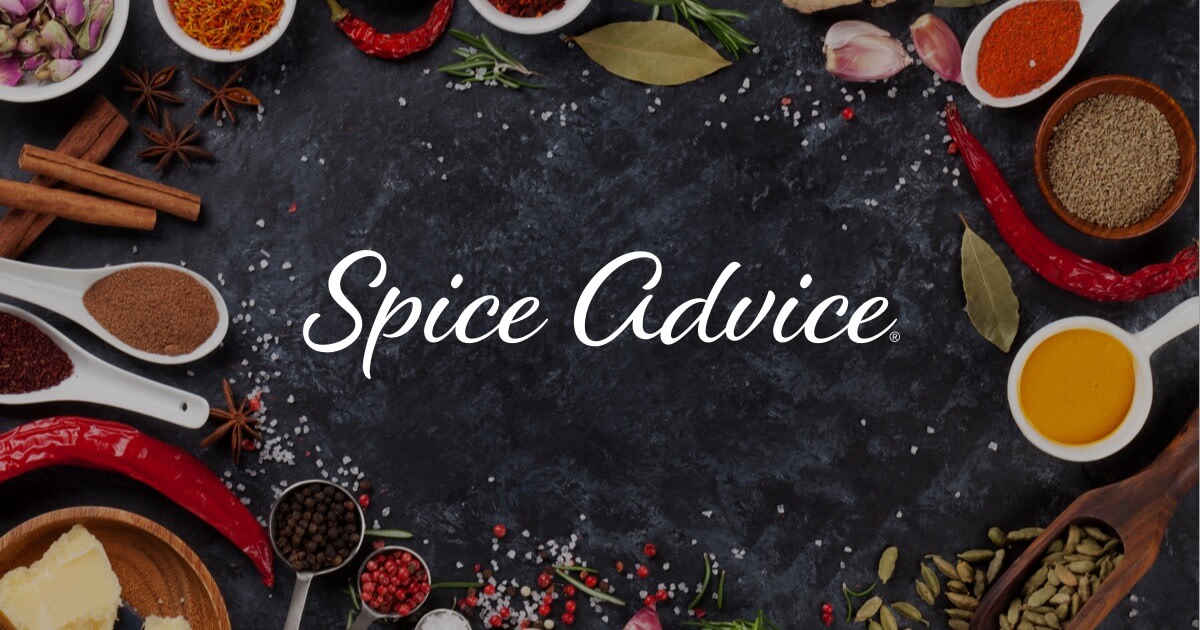How and Where to use Cinnamon
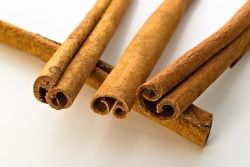
Everything About Cinnamon
Cinnamon is an ancient spice, used by Romans, Egyptians, Chinese, Indians,Turks to make medicine and also used to make delicious meals.
In today's world it is still used. We can use cinnamon in food, deserts, in beauty products, as medicine.
I want to cover everything about cinnamon in this hub. Hope you will like it:)))
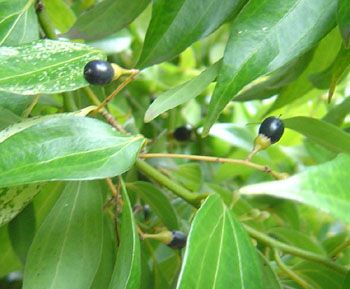
Uses of Cinnamon
The spice cinnamon has long been used in both cooking and in medicine. Since Egyptian times, cinnamon's healing abilities have been recognized and utilized. Chinese medical journals record cures with cinnamon dating back to 2,800 B. C. Cinnamon has also been used in Ayurvedic Medicine in India. Cinnamon is a known antibacterial and antifungal and has anti-inflammatory properties.
Historical Use of Cinnamon
Referred to by Pliny the Elder, cinnamon was used as far back as 100 A.D and valued 15 times over silver. Romans utilized cinnamon for spiritual healing powers as well as to treat coughs and colds. In religious ceremonies, cinnamon was burned to purify the air and as an offering. Egyptians utilized Cinnamon to embalm bodies and also to dry and preserve meat.
Cinnamon Source
The most common form of cinnamon comes from the cinnamomum zeylanicum plant, known as Cassia Cinnamon. This tree first originated in Ceylon, but it is now found on many continents and in many countries, from India to Egypt, and from Vietnam to Brazil. Another source of cinnamon is Ceylon Cinnamon. This type is known as True Cinnamon. Ceylon Cinnamon is more expensive than Cassia Cinnamon and can be lighter colored. The source of the spice is the dried tree bark.
Active Ingredient in Cinnamon
The active ingredient in cinnamon is a chemical called coumarin. This compound is known to thin blood, and for this reason, pregnant women and diabetics are not advised to consume cinnamon.
The Name of Cinnamon
The name of the cinnamon plant comes from the ancient Hebrew word, "amomon," meaning ancient spice. The Italians have called cinnamon "cannella." This word means tube and refers to the shape that the bark rolls into when it is dried, which is the form of whole, dried cinnamon sticks.
Uses of Cinnamon in Chinese Medicine
Recorded use of cinnamon in traditional Chinese medicine dates nearly three thousand years. Chinese medicine records the use of cinnamon, called dwai, for a wide variety of ailments, including colds, diarrhea, and difficult menstruation.
Ayurvedic Medicine Uses Cinnamon
In India, cinnamon is used in Ayurvedic medicine for people with a kapha body type. It is commonly added to tea to aid digestion and to treat diabetes. Ayurvedic medicine also uses cinnamon oil to soothe nerves.
Recent Research on Diabetes and Cinnamon
Researchers in Sweden investigated the healing properties of cinnamon in treating diabetes. Fourteen research subjects consumed rice pudding with cinnamon added. The control group ate rice pudding with no cinnamon. The study was published in the American Journal of Clinical Nutrition. Though this study had a small group of participants, further research has continued to show cinnamon's effect on lowering blood glucose. The American Diabetes Association has suggested utilizing cinnamon for diabetics in 2006. They cited research that showed that a small daily intake of cinnamon lowered fasting blood glucose levels after 40 days.
Health benefits of Cinnamon
Soothe an upset stomach:
Cinnamon extracts have been used medically to treat gastrointestinal problems and to help calm the stomach. Cinnamon is a carminative, an agent that helps break up intestinal gas that has traditionally been used to combat diarrhea and morning sickness.
Clear up urinary-tract infections:
Allow diabetics to use less insulin:
Some studies have shown that Cinnamon helps people with diabetes metabolise sugar better.
Cinnamon Stick
Cinnamon is Good For You
Use cinnamon to:
Control Diabettes
Get thinner
Lower Collestrol Level
Lastly, advice of medical specialists should be considered before trying cinnamon supplements and other forms of alternative medicine. Because side effects and interaction with other drugs may take place.
Cinemon and Honey
1. Dissolve half a teaspoon of cinnamon powder (or ground cinnamon) in a cup of boiling water.
2. Stir and cover for half an hour.
3. Filter away any big particles and add a teaspoon of honey.
4. Take it in the morning with an empty stomach about half an hour before breakfast.
Salep and cinnemon
Salep is a traditional Turkish drink prepared mostly in winters.
It is a hot drink made with a special powder produced from wild orchid roots and milk.
1000 orchids are needed to get 1 kg of salep powder. The odchids suitable for Salep making have two roots, Salep producers usually take only one rooth so that the plant won't die.
Salep, sugar and milk are heated until the drink becomes creamy.
Salep is served in porcelain or glass cups to keep it warm.
Adding powdered cinnamon on salep is an unwritten rule. Cinnamon makes salep more tasty.
Enjoy a cup in winter, if you have flue or a nasty cough Salep will be the natural cure.
Cinnamon Rolls
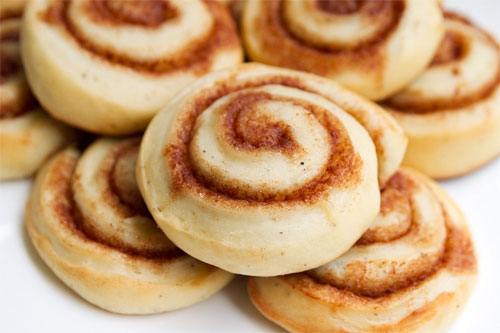
How to make Cinnamon Rolls
Ingredients
Rolls:
1 cup mashed potatoes
1 cup reserved potato water
3/4 cup butter OR margarine
3/4 cup sugar
2 teaspoons salt
1 cup hot water
2 envelopes Fleishmann's® Active Dry Yeast
1/2 cup warm water (100 to 110 degrees F)
2 eggs
8 1/2 cups all-purpose flour, or more if needed
Filling:
1/2 cup butter OR margarine, softened
1 cup sugar
1 1/2 teaspoons Spice Islands® Ground Saigon Cinnamon
Icing:
3 cups powdered sugar
6 tablespoons butter OR margarine, softened
1 teaspoon Spice Islands® 100% Pure Bourbon Vanilla Extract
5 tablespoons milk, or more as needed
Directions
Combine potatoes, potato water, butter, sugar, salt and hot water in large mixing bowl. Stir until butter melts; set aside and let cool. Combine yeast and 1/2 cup warm water in small bowl. Let rest 5 minutes. Add eggs, 2 cups flour and yeast mixture to potato mixture. Beat until well mixed. Continue adding flour, 1 cup at a time until soft dough forms.
Knead on a lightly floured surface until smooth and elastic (about 4 to 6 minutes), OR knead with electric mixer using dough hook. Place in a greased bowl, turning to coat. Cover.
Let rise in a warm, draft free area about 1 hour, until doubled in size. Punch dough down; divide in half.
Roll one portion of dough on a lightly floured surface to a 12 x 18-inch rectangle. Spread with half the butter. Combine sugar and cinnamon; sprinkle half of the mixture over surface. Roll up tightly lengthwise, sealing edges. Cut into 12 slices. Place in greased 13 x 9-inch pan. Repeat with remaining dough. Cover.
Let rise 30 to 45 minutes until nearly doubled.
Bake in preheated 350 degrees F oven for 25 to 30 minutes.
Cool for 15 minutes. Combine icing ingredients and drizzle over rolls.

